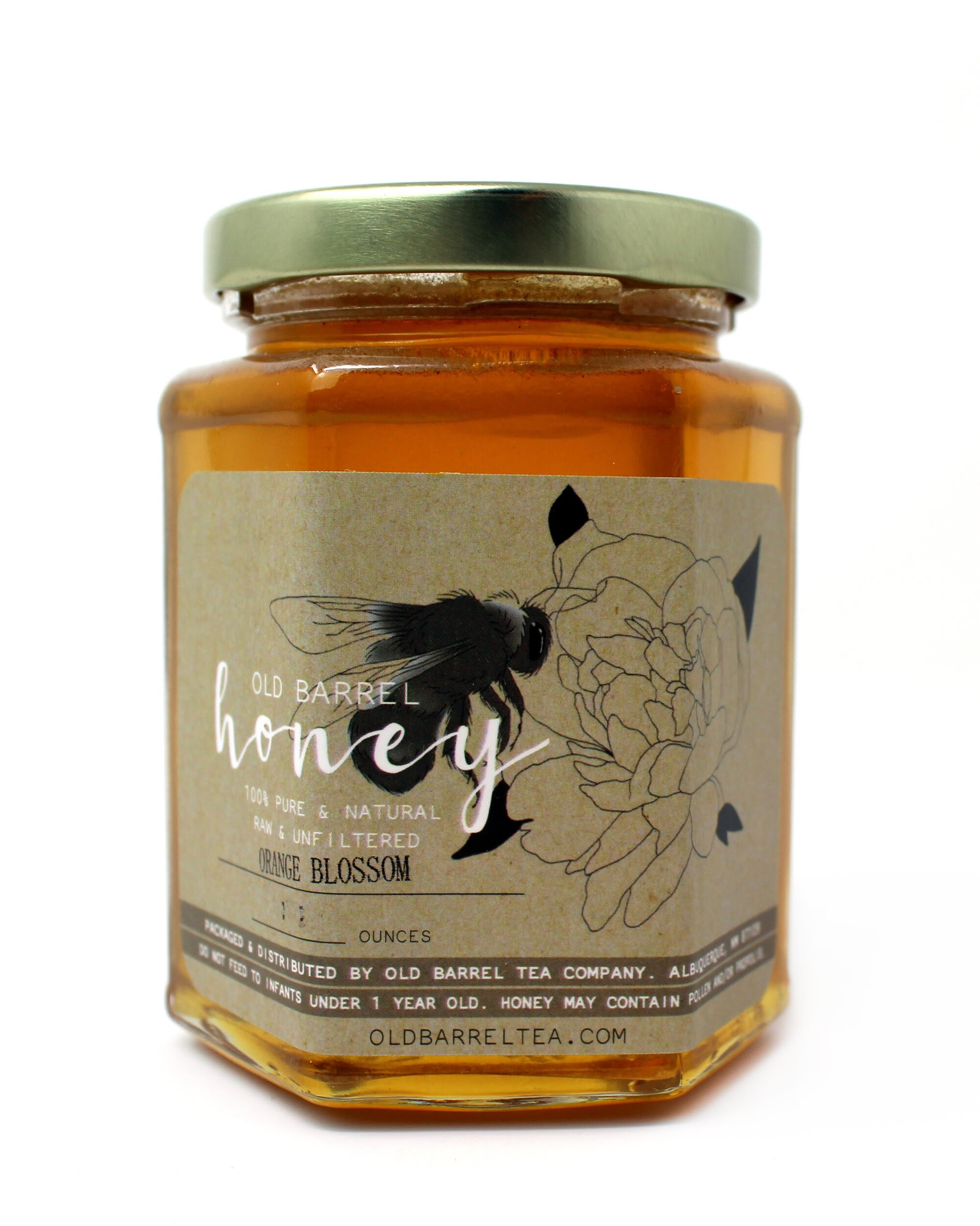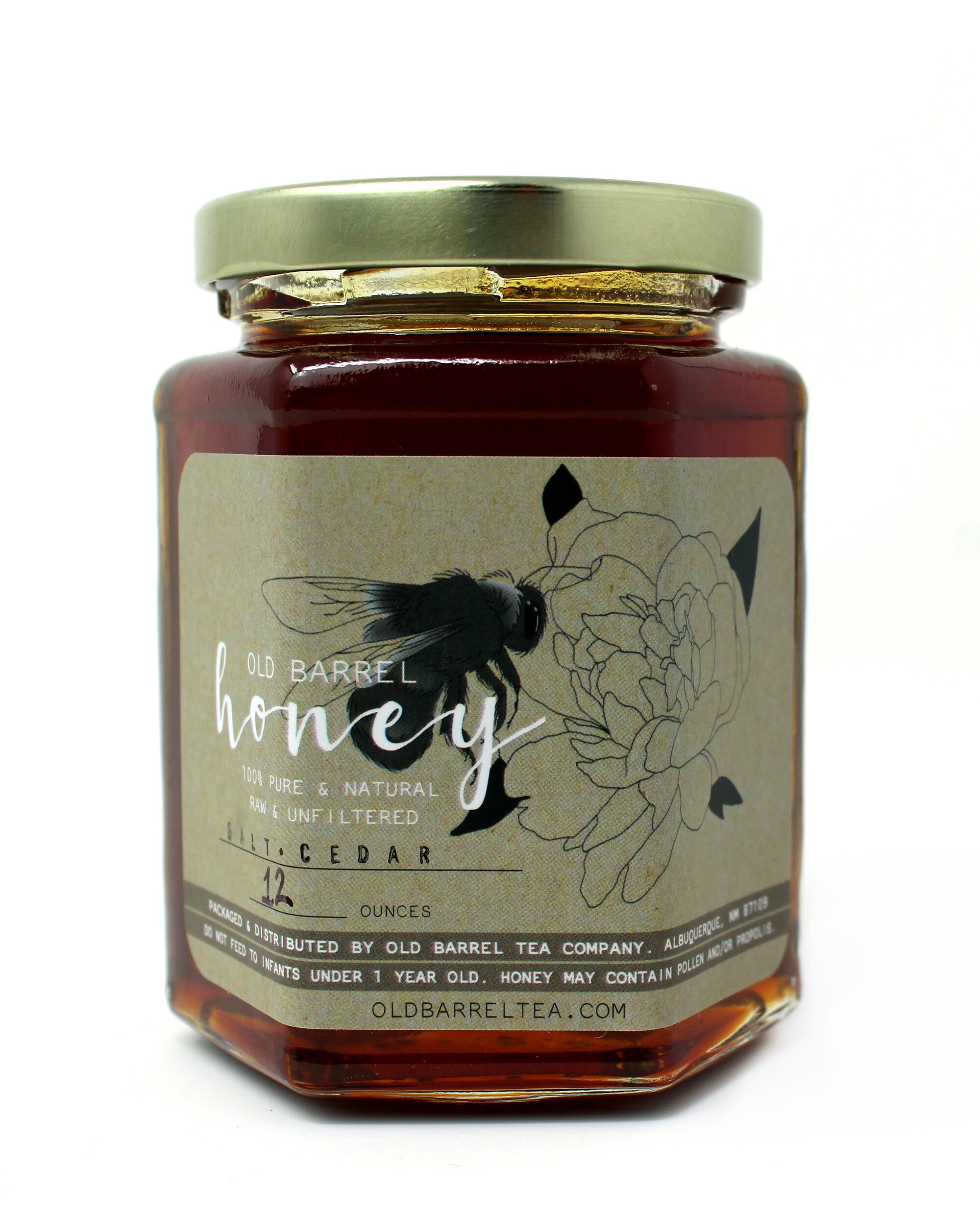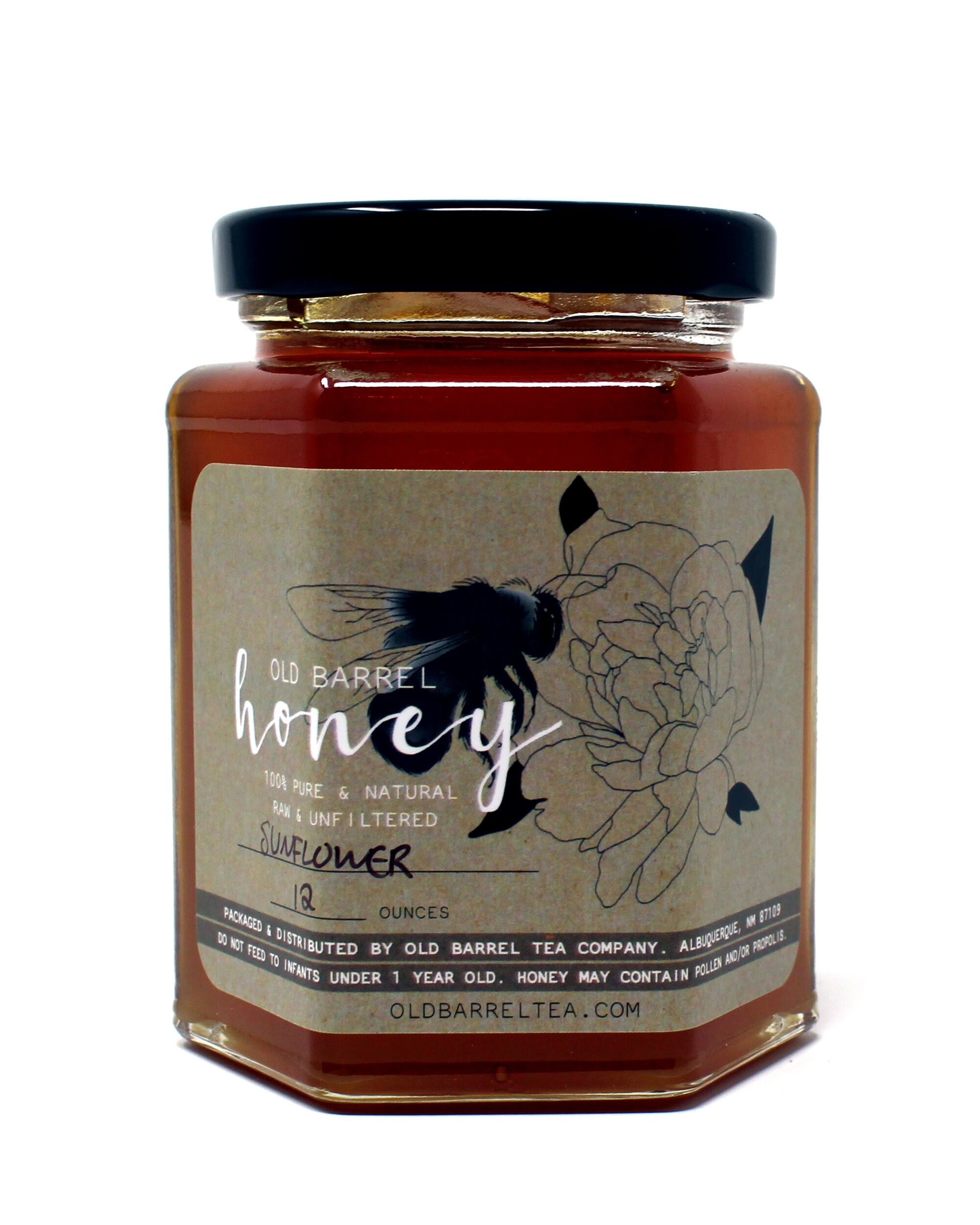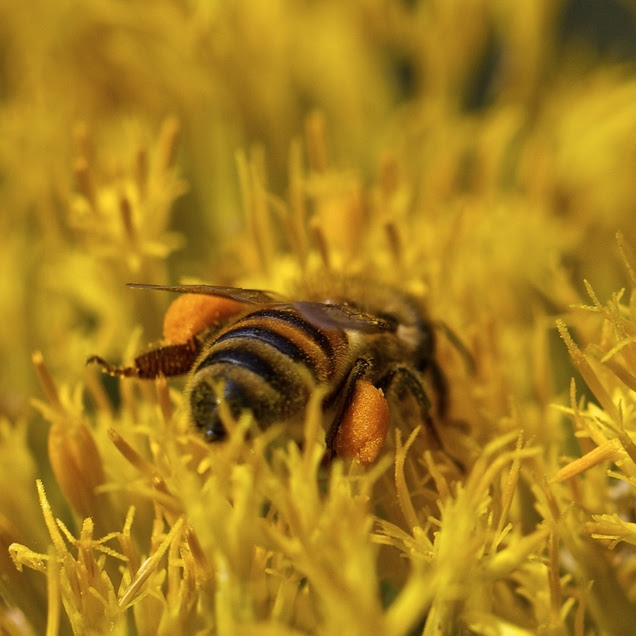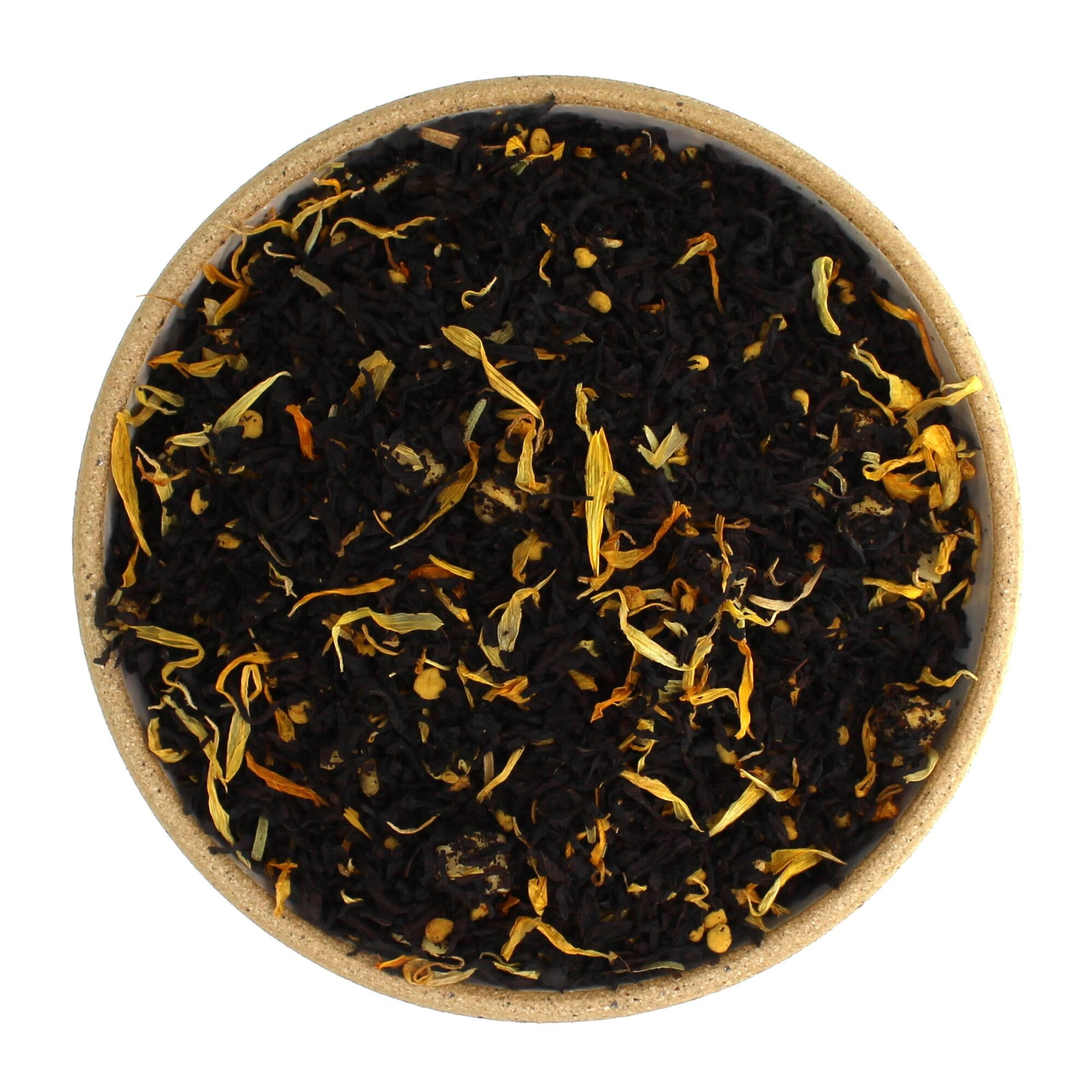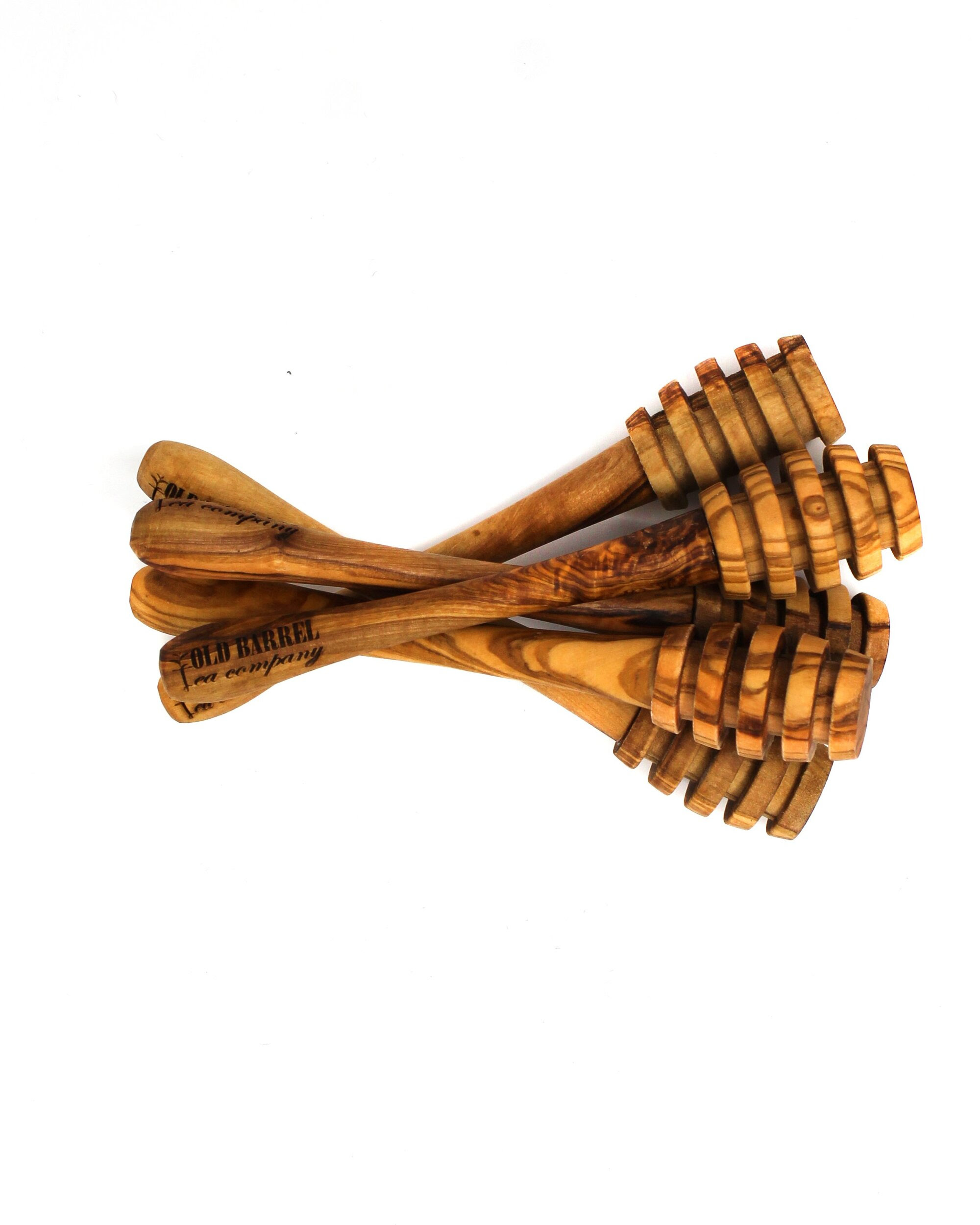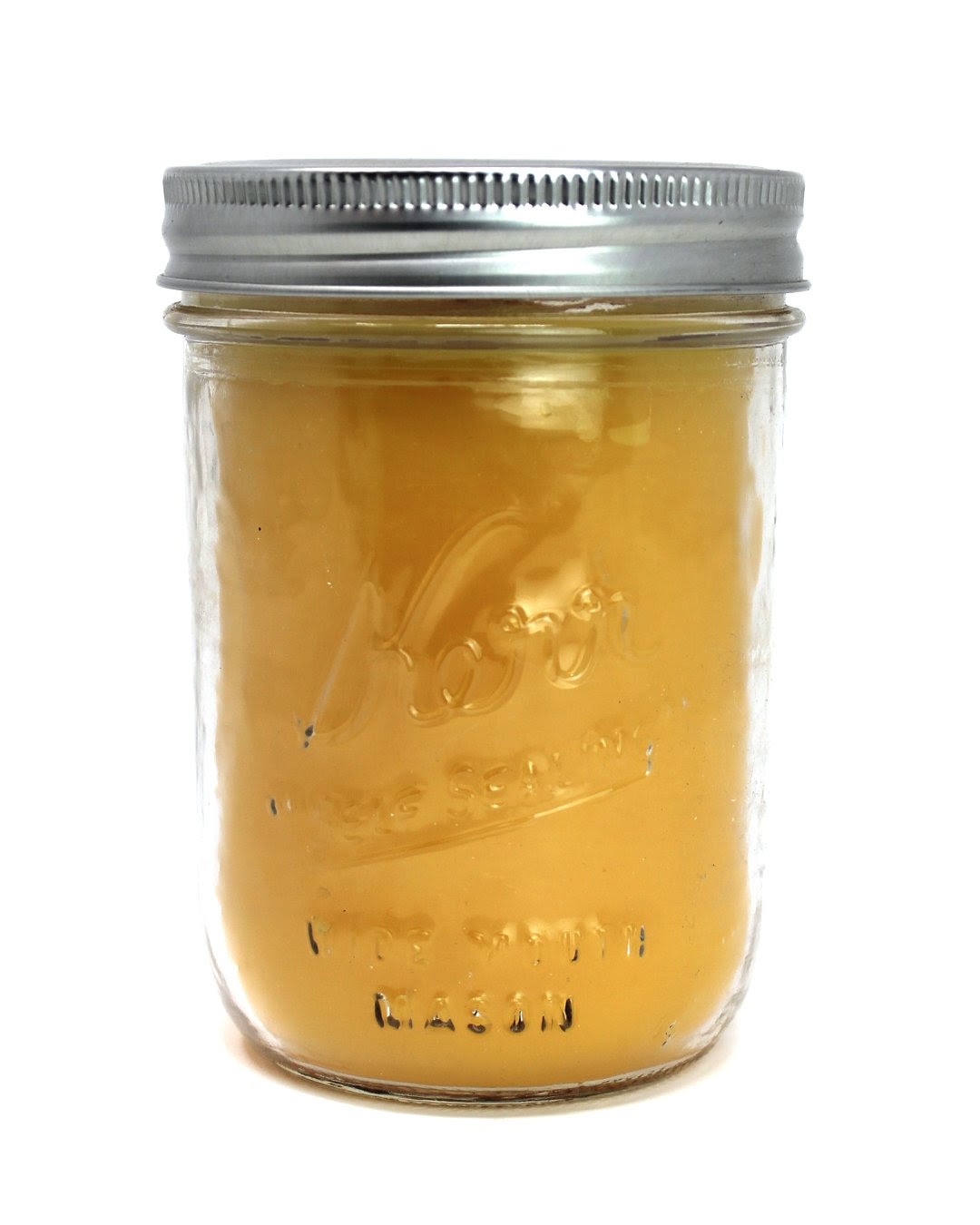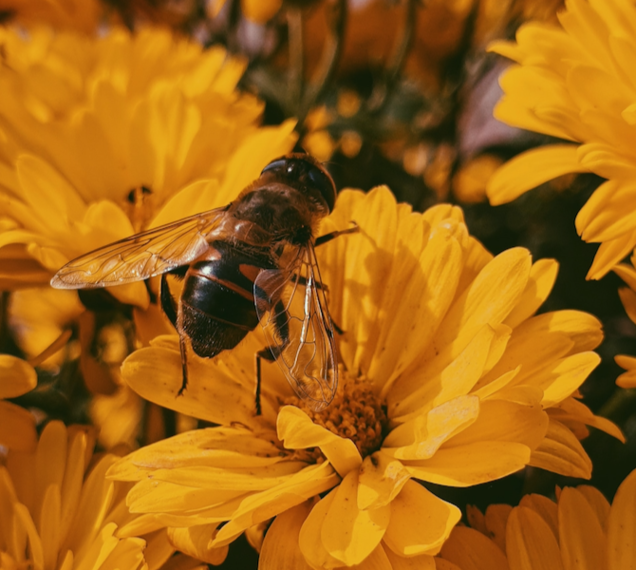
POLLINATORS ON DUTY 🐝
Share
🐝 Pollinators on Duty 🐝
The bees are starting to pollinate. Here's what happens:
The Earth is thawing, the weather is warming and Spring buds are popping up from the ground, ready to be pollinated! Spring is a vital time for all pollinators, but we are partial to bees, as it marks the beginning of the growth of a new healthy colony that will soon produce honey.
The bees are our besties, so we want to shine the spotlight on them and tell you about why we love them so much, and how the hive works.
Did you know that an average beehive can hold around 50,000 bees and that bees have inhabited Earth for about 100 million years? So really, they are just furry little flying dinos with stingers on their butts. 💖
Different Plants Create Different Honey
Honey starts as flower nectar collected by bees, which gets broken down into simple sugars stored inside the honeycomb. The design of the honeycomb and constant fanning of the bees' wings causes evaporation, creating sweet liquid honey. So, why do different honeys have varying colors and flavors? It's all about what the bee pollinates! Hives are set up in fields or dense areas of a specific plant so that the bees will mostly collect nectar from those plants, which creates a unique texture, taste and appearance in the honey.
vibrant ∙ fruit-forward ∙ silky
earthy ∙ malted beer ∙ hickory ∙ citrus undertones
floral ∙ toasted ∙ plum undertones ∙ mellow
🌸 Let's Talk Pollen 🌸
Pollen can spread with the wind or through interaction with pollinators! Pollen is a plant's male DNA that is transported to the female part of the flower to enable the plant to reproduce. Bees don’t just transport pollen between plants, they also bring balls of it back to the hive for food. As bees fly through the air, they build up a positive static-electric charge on their body. This helps them collect the pollen dust from the flowers, as it clings to their bodies! Once the bee’s body is covered with pollen, the bees will use stiff hair-like structures on her legs to groom themselves and “comb” all the pollen off their body as they direct their pollen into their "saddlebags" or "baskets" on the sides of their little bodies. (Come on, how cute is that?) It's like they are carrying little purses around as they run their errands for the day. 🌸
Combating Seasonal Allergies
When a bee keeper is actively collecting pollen, they will insert a screen that covers the entrance to the hive, and the bees squeeze their bodies through the small holes of screen to enter the hive, and in doing so, a percentage of the pollen falls off their body and lands into a collection tray. Bee pollen is 40% protein and is considered a superfood! It is also the best natural remedy to alleviate those Spring allergies. Eating pollen to cure pollen allergies seems counterintuitive, but actually all it does is help your body adapt and become more resilient to the effects of pollen!
Shop More Bee-Lovin Products Below:
Bee Pollen by SerendipiTEA Candles


